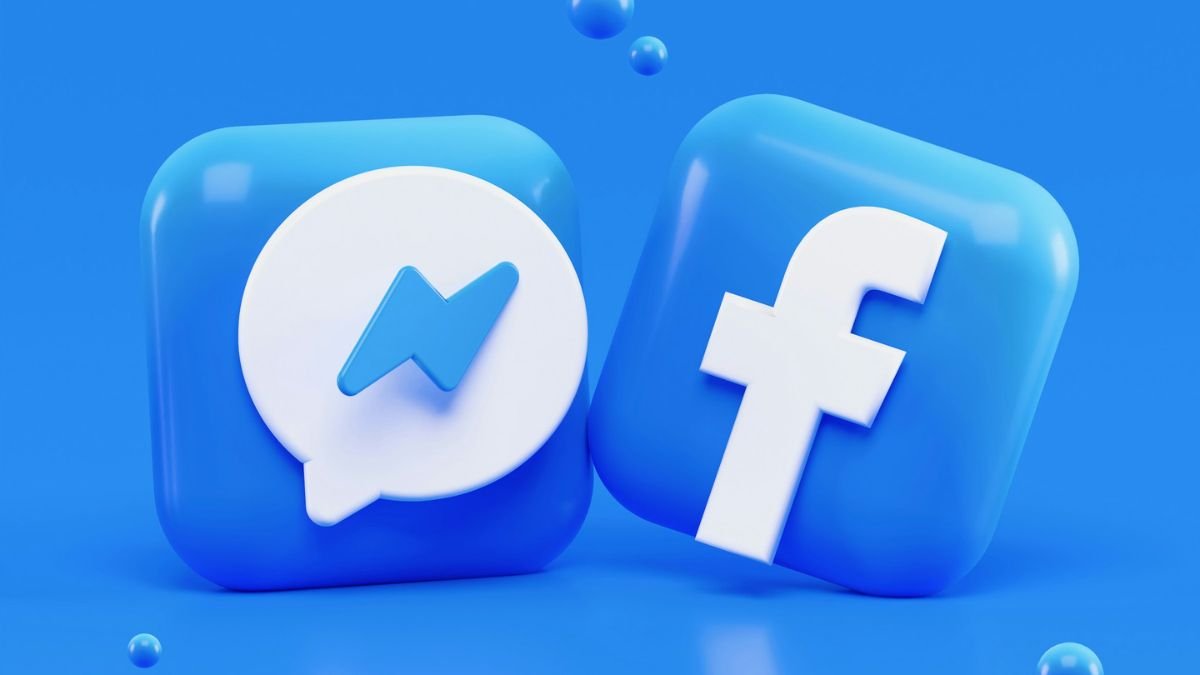In recent months, Facebook has seen a surge in AI-generated spam, captivating millions of users who often fail to recognize the synthetic nature of the content. This trend, driven by advanced AI image-generation tools, is being exploited by spammers and scammers to gain viral traction and drive engagement on the platform.
The Rise of AI-Generated Content
AI-generated images, ranging from surreal creations like “Shrimp Jesus” to photorealistic depictions of everyday scenes, have become a staple on Facebook. These images are not only visually engaging but also cheap and easy to produce, making them an attractive tool for those looking to manipulate Facebook’s algorithms. Researchers from Stanford and Georgetown University have identified over 100 Facebook pages that regularly post AI-generated images. These pages collectively receive hundreds of millions of interactions, often from users who are unaware that the content is artificially created.
How Spammers and Scammers Operate
Spammers and scammers use AI-generated images to attract attention and drive traffic to external websites. Some pages aim to build large followings by posting appealing but fake images, while others attempt to direct users to content farms or low-quality domains filled with advertisements. In more sinister cases, scammers use stolen pages to advertise non-existent products or to collect personal information from unsuspecting users.
The Role of Facebook’s Algorithm
Facebook’s recommendation algorithm plays a significant role in the proliferation of AI-generated spam. The algorithm, designed to promote content likely to generate engagement, often boosts these synthetic images, showing them to users who do not follow the originating pages. This organic promotion has led to AI-generated content becoming some of the most viewed and interacted with on the platform. For example, an AI-generated image post was one of the top 20 most-viewed pieces of content on Facebook in the third quarter of 2023, garnering 40 million views.
User Impact and Response
Many users interact with AI-generated images believing them to be real. While some images, such as the fantastical “Shrimp Jesus,” are obviously artificial, others depicting more mundane objects or artwork can deceive viewers. This deception underscores the need for transparency and labeling of AI-generated content. Meta, Facebook’s parent company, has announced plans to label content that is reliably detected as AI-generated to address these issues.
Regulatory and Platform Measures
In response to the growing prevalence of AI-generated spam, regulatory authorities are scrutinizing the use of generative AI in digital advertising. The UK’s Advertising Standards Authority and the US Federal Trade Commission are focusing on creating guidelines for AI-generated ads. Meta is also implementing measures to label AI-generated content to improve transparency and help users identify synthetic media.



















Add Comment